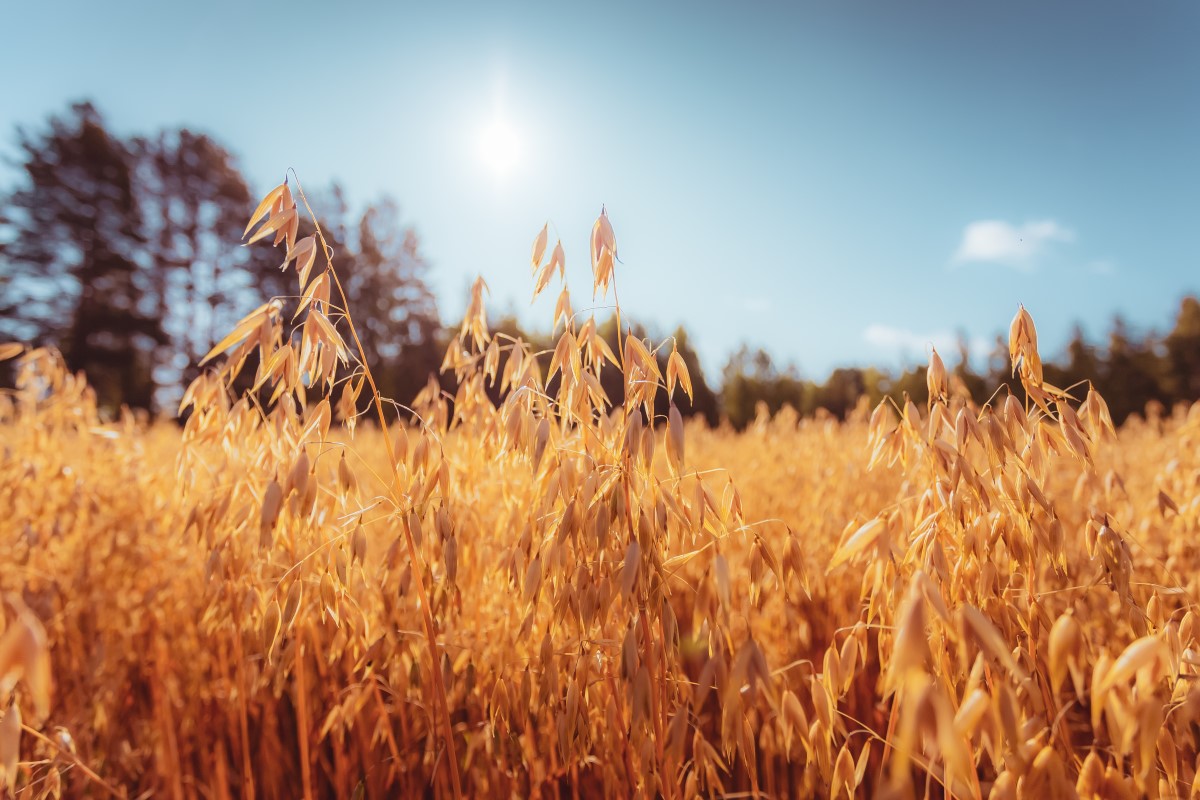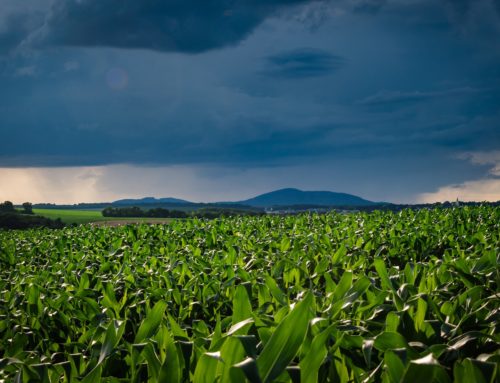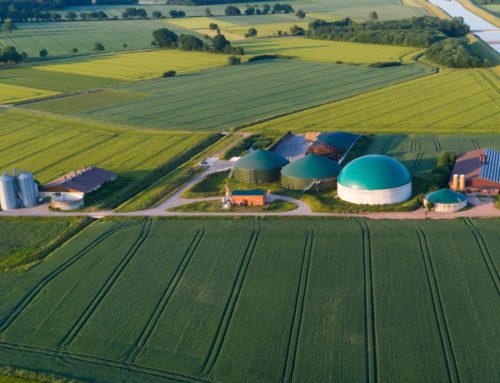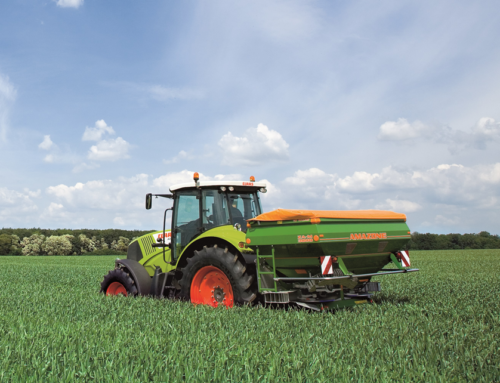Oats – A crop rotation alternative for arable farms?
Oats (Avena sativa) are a robust, resilient cereal that is good for humans and good for the soil, but is certainly not new to our fields. Archaeologists have discovered that the Celts and Germanic peoples were already growing this cereal 4000 years ago. Before potatoes found their way across the ocean, porridge was a staple food in Central and Eastern Europe.
Over the last few decades, however, the market for oats had become limited to horse feed production and niche, mostly organic food production for humans. But for a while now oats have been gaining a large number of new fans throughout the world, who appreciate the health benefits of this alternative food in the form of oat drinks or porridge, for example.
For a long time, production in Germany remained limited, with a degree of self-sufficiency of just 70%. These days, however, farmers are beginning to catch up with the increased interest from consumers. After all, this summer crop offers arable farmers a great deal of benefits from an agronomic standpoint. What’s more, the marketing opportunities are wide-ranging and the prices are currently very attractive. Similar to other cereals and oil-producing crops these days, oats are rapidly jumping from one peak price to the next. At the beginning of May, the Chicago Board of Trade recorded an unprecedented price of 411 €/t.
In 2020, Germany had an area of 156,000 ha under cultivation – 20% more than the previous year – and harvest volumes of 714,000 t (average yield 48 dt/ha), making it Europe’s 5th largest producer of oats. The European frontrunner is Poland, followed by Finland, Spain and Sweden. Up to now, German grain mills have been importing oats from Scandinavia and North America to cover the domestic supply deficit. Meanwhile, the oat mills are reporting a rising demand for quality oats for the food processing industry.
So, at the moment, the signs are in favour of continuing to increase oat production. Nevertheless, market and arable experts admit that prices and yields are subject to stronger fluctuations, and the quality requirements set by mills are not easy to meet either. The best way to avoid marketing problems is by contacting mills in advance and agreeing long-term supply contracts.
Profitability of oats in a crop rotation
Clearly, fluctuating prices and yields have a negative impact on the profitability of a crop. An evaluation of the past few years shows that although yields of around 70 dt/ha – sometimes even above 90 dt/ha – were regularly achieved during national variety trials, the results in practice mostly came out below this depending on the region and year. In dryer years, an average of just above 40 dt/ha were harvested in Germany, and around 50 dt/ha during the wetter years of 2009, 2012 and 2014.
However, up to now, many farmers have also tended to put oats in less suitable locations with a poorer water supply and in unfavourable positions in the crop rotation. If more attention were paid to this crop in Germany, i.e. if it was placed on soils with an arable quality rating above 27 and a good water holding capacity, it would absolutely be capable of producing good yields. This would put it at the same level of profitability as the other crops that have been eliminated from crop rotations, such as stubble wheat and rye. It is recommended to use multi-year yield figures for profitability analyses, while also not forgetting the additional costs incurred. The agricultural benefits – high preceding crop value, low plant protection and fertiliser requirements, opportunity to slot in catch crops – must always be incorporated into the calculation approach as well. Oats have a stabilising, health-boosting effect on both the soil and the following crops. Although their contribution cannot be expressed to the exact penny, it is hard to underestimate it in view of the challenges faced by arable farmers.
Newcomers to oat growing are advised to obtain advice on stabilising and increasing yields from the available channels. These may be articles in the press or publications by consultancies; even breeders and mills offer cultivation advice, including the association of oat mills on the www.alleskoerner.de web portal. And of course, a carefully managed field catalogue that combines all the relevant field data in a clear and meaningful way is instrumental in producing a successful crop.

Benefits of oats
- Oats are the only cereal that has the potential to loosen up close crop rotations comprised of cereals and oilseed rape. As a summer crop, it creates the opportunity to fit in a catch crop over the winter months. This enables greening targets to be met and weeds such as slender foxtail to be effectively controlled.
- Oats are classed as a cleaning crop because the plants are of no value to many cereal disease agents, for example those causing eyespot or take-all. It is also the best performer among the summer cereals at suppressing weeds.
- With a good water supply, oats can cope with any soil type. Their productive root systems grow very deeply and can easily break down nutrients from the soil. This crop’s strong ability to absorb nutrients makes it attractive for red zones too. Although attention should be paid to the availability of trace nutrients such as manganese and copper.
- Oats are suited to extensive cultivation due to their minimal plant protection requirements. Insecticides and plant growth regulators should be applied as required; fungicides are not usually needed. Trials have shown that intensification measures are often not profitable. In fact, excessive intensification could even have a negative impact.
- The crop’s high productivity in extensive cultivation is another reason for its popularity among organic farmers. In 2019, organic oats were grown on 28,000 ha, making them the fourth biggest cereal in organic farming.



